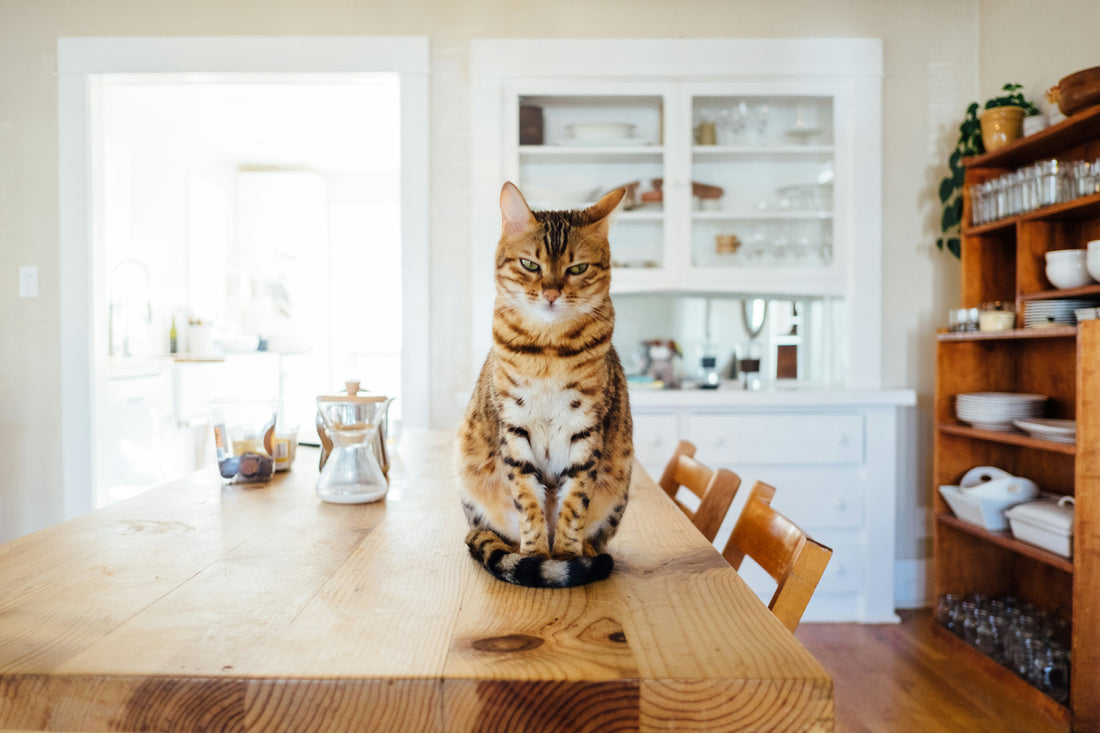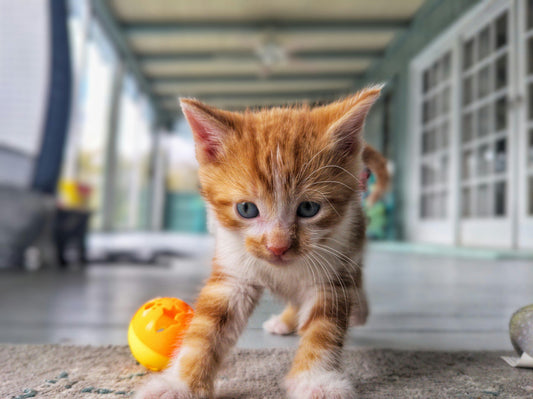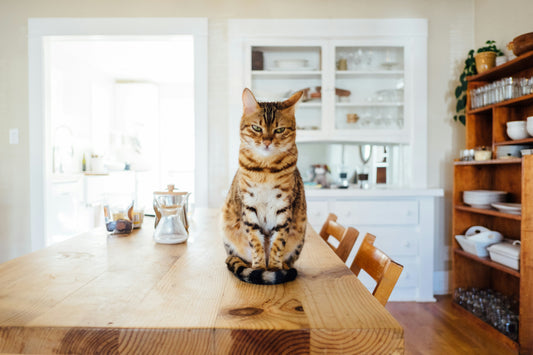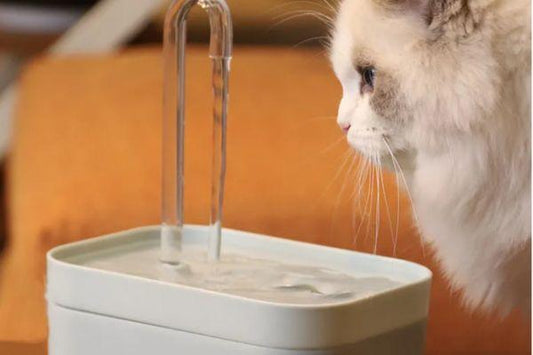Cats exhibit various behaviors that can sometimes perplex their owners, especially when they are in season. One way to mitigate some of these behaviors is by providing appropriate scratching posts. This blog post will discuss the benefits and necessities of scratching posts for cats, how to choose the right one, and the typical lifecycle for replacing them. We'll also provide a comparison table outlining the pros and cons of different types of scratching posts.

1. Why Scratching Posts Are Essential
Necessity for Natural Behavior: Cats have a natural instinct to scratch, which serves several purposes: it helps them keep their claws sharp, marks their territory with visual markers and scent, and provides a form of physical exercise. During the breeding season, these behaviors can become more pronounced as cats are more active and territorial. A scratching post can help satisfy these natural urges in a constructive way.
Protecting Your Furniture: Without an appropriate outlet for scratching, cats might turn to furniture, curtains, or carpets. This can lead to significant damage, which is why investing in a scratching post is crucial for any cat owner, particularly when cats are in heat and potentially more destructive.

2. Benefits of Scratching Posts
Stress Relief: Scratching is also a stress-relieving activity for cats. This is particularly important during the breeding season when cats can become more agitated. A scratching post provides a safe and acceptable place for cats to express this natural behavior, which can lead to a calmer and happier pet.
Health and Exercise: Using a scratching post helps maintain healthy claws and promotes physical activity. It stretches their muscles and keeps them in good physical shape, which is beneficial for their overall health.
3. Choosing the Right Scratching Post
Height and Stability: Choose a post that is tall enough for your cat to fully stretch its body. Stability is crucial, as a wobbling post can deter your cat from using it and might even pose a safety risk.
Material: Scratching posts are made from various materials such as sisal, carpet, and wood. Sisal is generally preferred because it is durable and provides a satisfying texture for cats to scratch.
Location: Place the scratching post in an accessible location where your cat spends a lot of time. It should be in a prominent area to encourage use, especially if your cat is trying to mark territory.

4. Replacement Cycle
Durability and Wear: Depending on the material and how frequently it is used, a scratching post might need to be replaced every few months to a couple of years. Regularly inspect the post for signs of wear and replace it when it no longer serves its purpose effectively.
5. Pros and Cons of Different Scratching Post Materials
| Material | Pros | Cons |
|---|---|---|
| Sisal | Durable, satisfying texture, good for claws | Can be rough on paws, more expensive |
| Carpet | Soft, readily available, inexpensive | Less durable, can quickly become worn out |
| Wood | Extremely durable, natural look | Harder surface, less appealing for some cats |

Providing a scratching post for your cat is not just a luxury—it's an essential component of your cat's health and well-being, especially during their breeding season. By understanding the necessity and benefits of scratching posts and how to choose and maintain them, you can significantly improve the quality of life for your feline friend.
- How to stop cats scratching your furniture
- The Importance of Cat Scratchers: What to Know Before You







